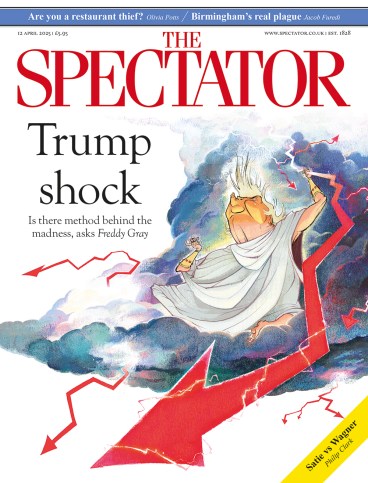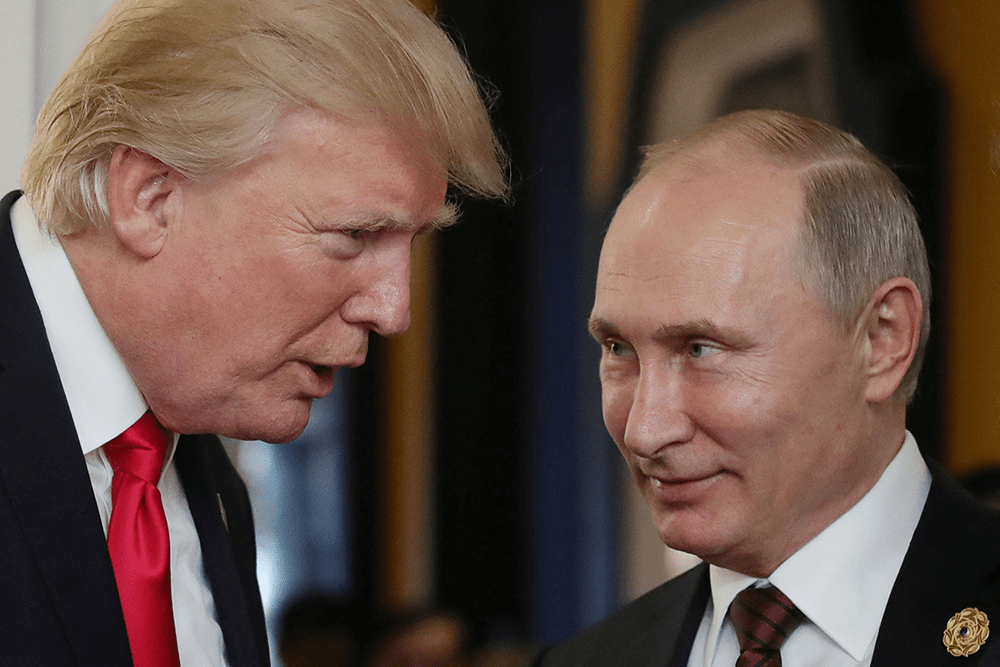
After a two-hour phone call last month, Donald Trump and Vladimir Putin announced that an improved bilateral relationship between the United States and Russia ‘has huge upside’, including ‘enormous economic deals and geopolitical stability’. Days later, however, Trump said he was ‘pissed off’ with Russia over its foot-dragging on a ceasefire in Ukraine. Putin’s demand, moreover, that Ukraine’s government be replaced with a transitional one had made him ‘very angry’. Trump warned that if a deal couldn’t be struck, then the US would ‘put secondary tariffs on all oil coming out of Russia… That would be that if you buy oil from Russia, you can’t do business in the United States. There will be a 25- to 50-point tariff on all [Russian] oil.’
Secondary sanctions – or a slump in oil price, which fuels the Kremlin’s war machine – are two threats that Putin should be taking very seriously. Despite hundreds of sanctions imposed on Russia by the US and the EU, Russia’s main exports – oil and gas – have never been restricted in any meaningful way. The EU has paid far more money to Russia for energy during the Ukraine war than it has sent to support Kyiv’s defence.
The reason why Moscow’s ability to export oil and gas has remained largely untouched is simple. Remove Russia, the world’s largest energy exporter, from the global energy supply and a massive spike in oil prices will ensue. And sanctioning Russia’s main customers would involve launching a massive trade war with India, China and Europe. It would make the recent turmoil following Trump’s tariffs look puny by comparison.









Comments
Join the debate for just £1 a month
Be part of the conversation with other Spectator readers by getting your first three months for £3.
UNLOCK ACCESS Just £1 a monthAlready a subscriber? Log in